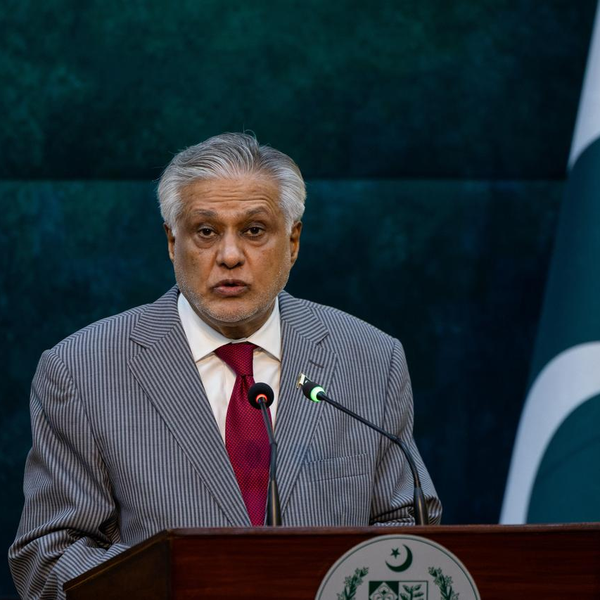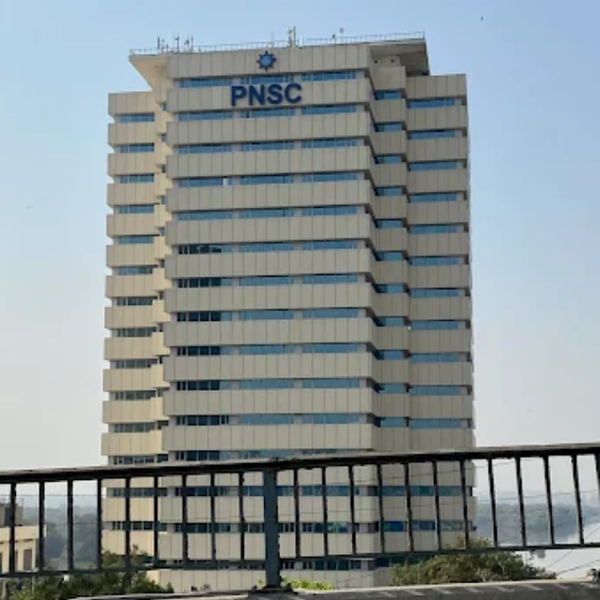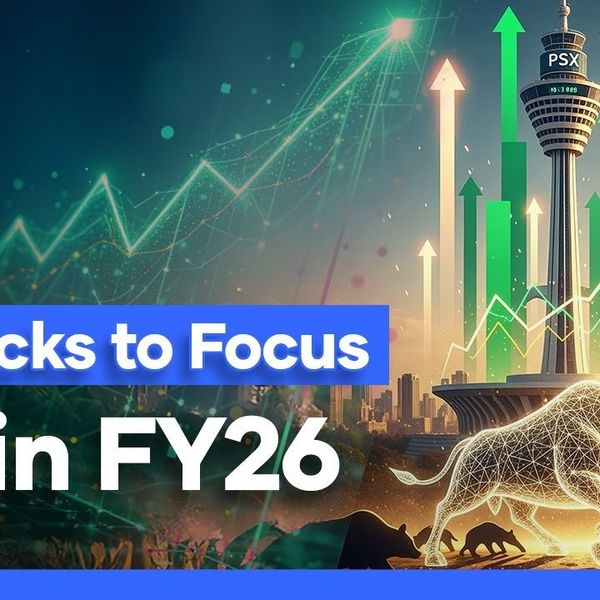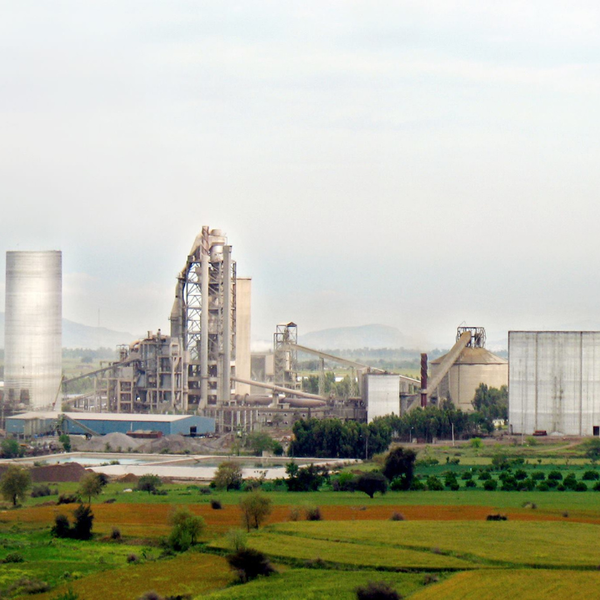Explainer: What's the ISMO electricity mechanism Pakistan wants to introduce?
The new mechanism would lead to a competitive electricity wholesale market

Hammad Qureshi
Senior Producer / Correspondent
A business journalist with 18 years of experience, holding an MS in Finance from KU and a Google-certified Data Analyst. Expert in producing insightful business news content, combining financial knowledge with data-driven analysis.
Pakistan's power system has long been beset by various challenges, including a ballooning circular debt, expensive electricity generation, and an outdated transmission and distribution system. But the Pakistani government is finally set to introduce a new mechanism that could be the answer to at least some of these problems — the Independent System and Market Operator (ISMO).
At present, Pakistan's electricity system comprises power generation companies, including Independent Power Producers (IPPs), the Central Power Purchasing Agency — a government authority that is the only buyer of electricity, power distribution companies, such as IESCO, LESCO, and K-Electric etc, the National Transmission and Despatch Company (NTDC) and the National Electric Power Regulatory Authority (NEPRA).
However, the ISMO would greatly simplify the system and lead to a competitive electricity wholesale market. It comprises multiple producers of electricity known as generators, resellers of that electricity, and consumers.
The ISMO model would independently manage the supply and demand of power across the the country and facilitate transparent and competitive trading among generators, resellers, and consumers. Consumers that buy in bulk, such as industrial units, would be able to select a producer of their choice that's offering lower rates.
How does it work?
Let's say an industrial unit in Nooriabad in Pakistan's Sindh province wants to purchase power from a wind power plant situated at Gharo (around 120 kilometers away). This industrial unit, which is definitely a bulk consumer, would sign a contract with the renewable power producer for the purchase of electricity.
Now, while the contract for purchasing electricity has been signed, it also needs to be distributed. Hence, the industrial unit would also sign an agreement with the power distribution company in the region, for which it would pay a price known as wheeling charges.
What about the pricing?
In the ISMO model, the electricity price is determined by an auction in which producers bid a price for a specific number of units based on their cost of production. This may even be based on an hourly period.
These bids are then arranged in a manner whereby the cheapest quote is accepted first, with the auction moving from the next lowest bid to the highest till the demand is met.
The final price offered by the last producer will set the wholesale electricity price, and power producers will be paid accordingly.








Comments
See what people are discussing